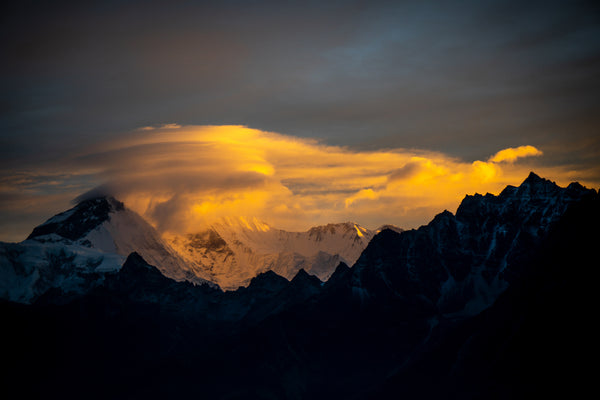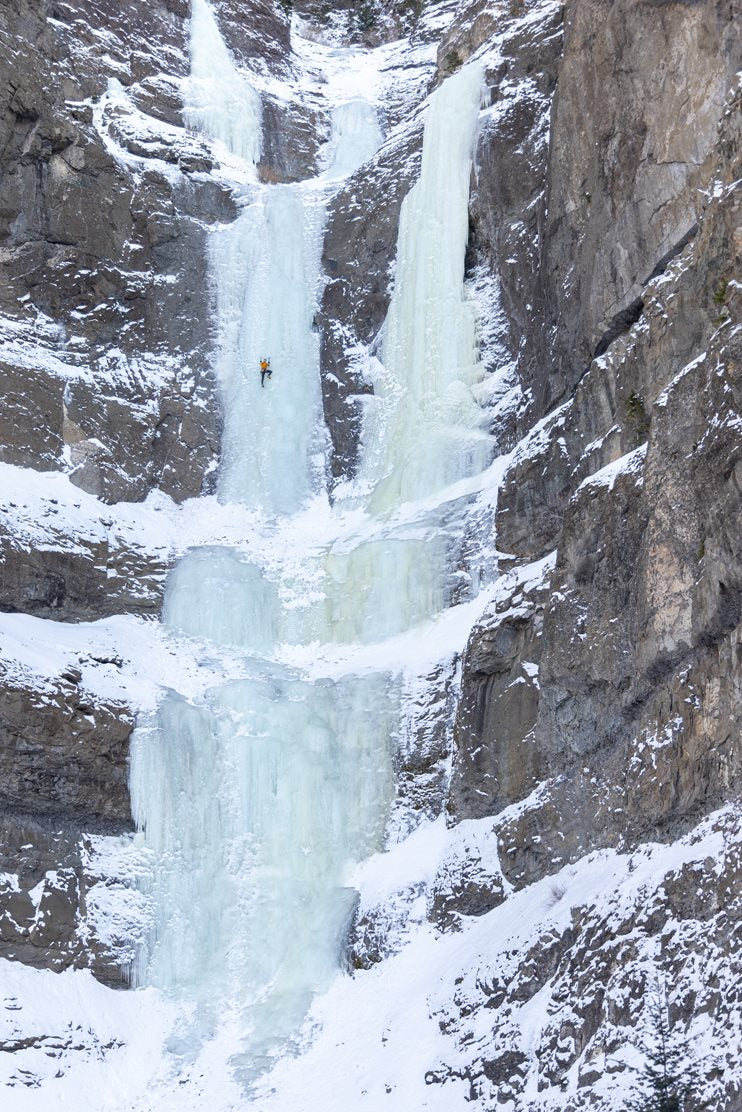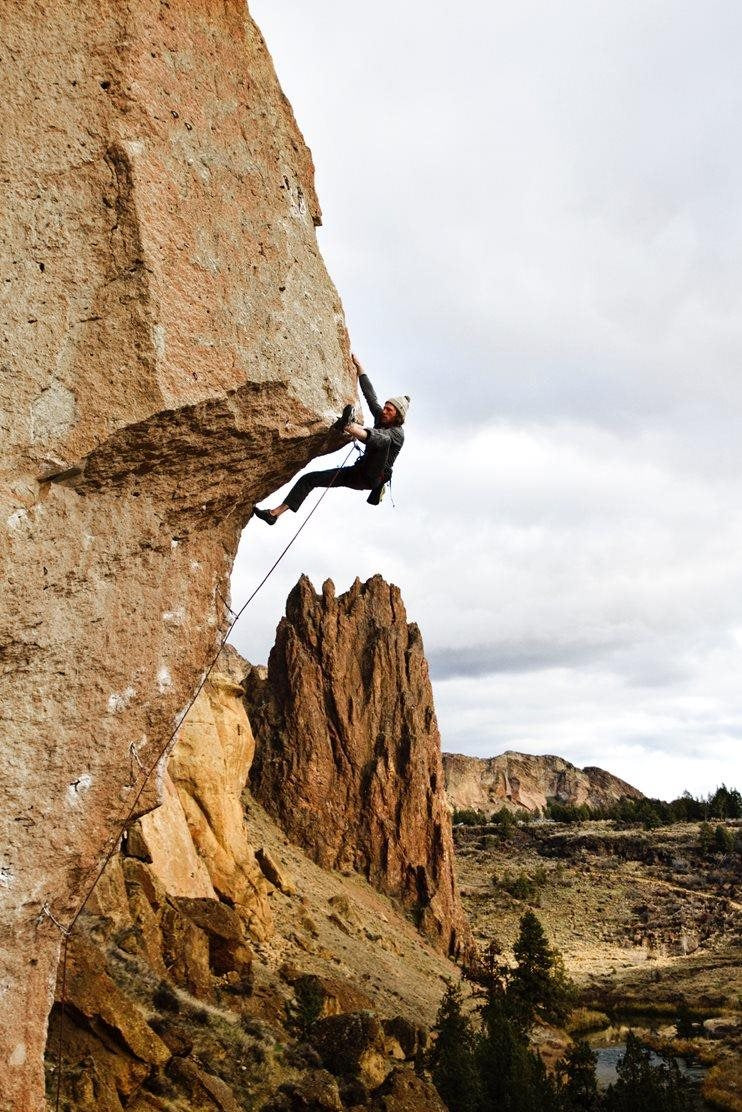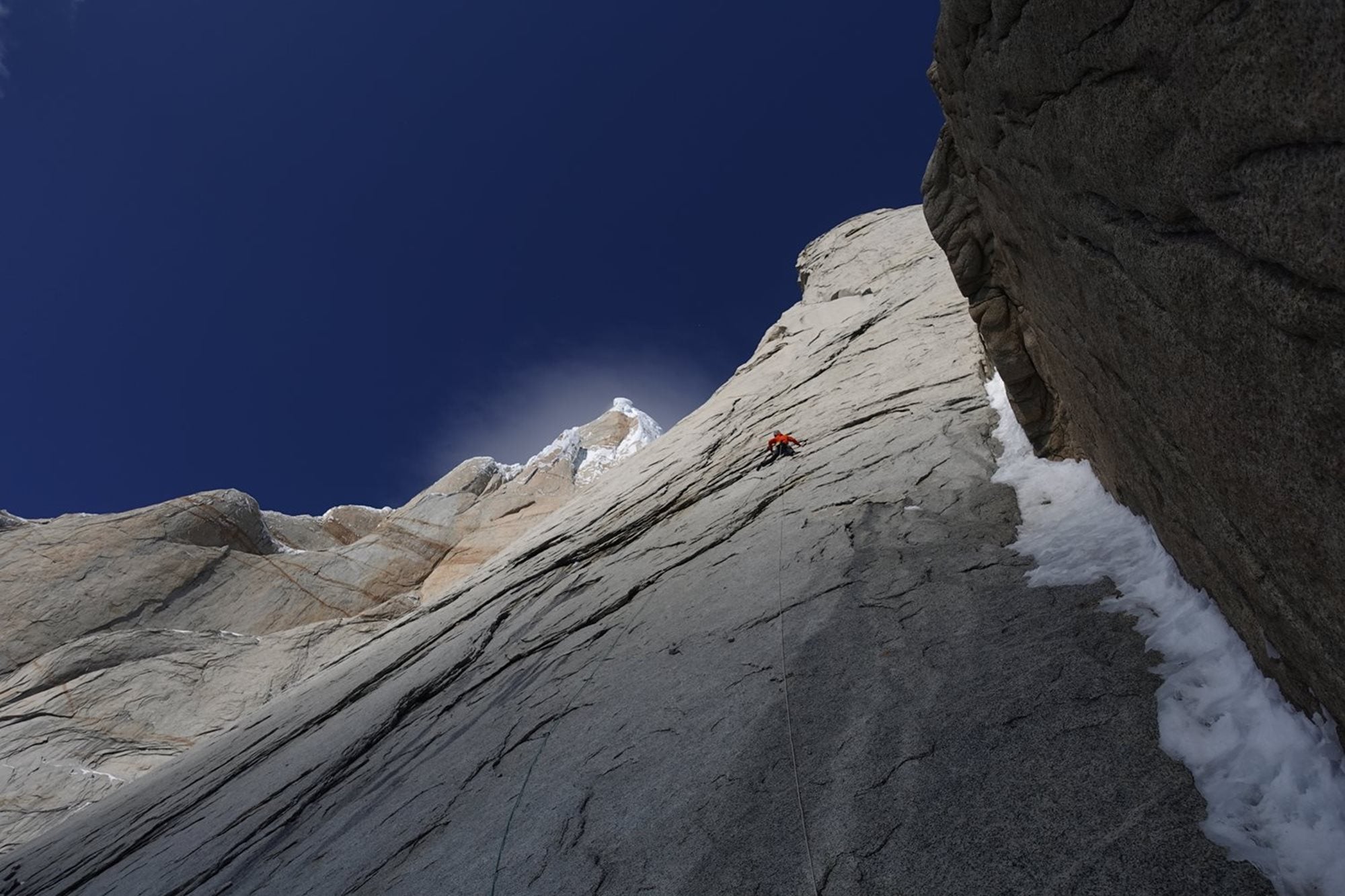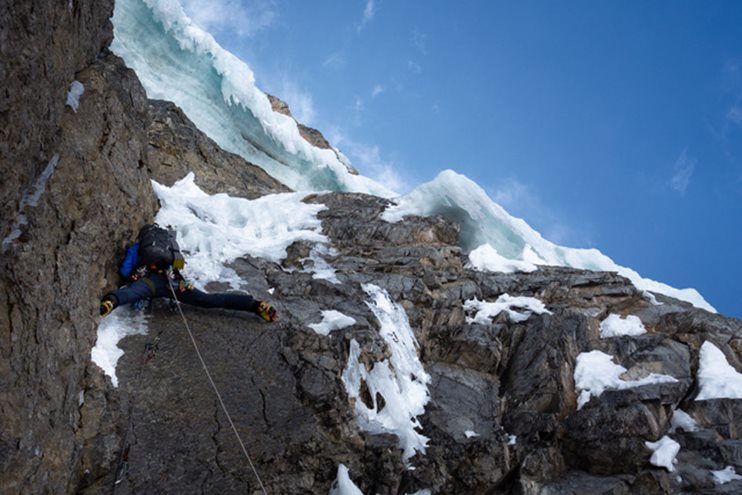With values rooted in vision, perseverance and humility, and an aptitude for climbing honed since childhood, Quentin is has made a name for himself as an alpinist of excellent calibre. Whether forging new alpine routes, free soling committing winter lines or climbing with friends around his hometown of Canmore, he strives for excellence with good nature and without pretence. Despite being fuelled primarily by the complex demands of alpinism, he is an all-round climbing athlete, having climbed trad and sport routes up to 8b (5.13b) and boulders up to V9.
Growing up on the South Wales coast, in the picturesque town of Llantwit Major, Quentin was introduced to climbing by his parents at an early age.
“We lived right on the coast,” says Quentin, via email, “and I remember abseiling into the changing tides and top roping back out. I also remember hill scrambles in the north, dirty plastic holds, and old school gyms.”
Aged 13 Quentin and his family moved to southern Germany, where he was attended a school with an alpine climbing club. Under the mentorship of qualified or aspirant IFMGA guides, weekends in the Alps exposed Quentin to glaciers and soaring alpine walls that would captivate him fully later in life.
“The climbing club and distance running (running was the punishment for breaking the rules) saved me there,” says Quentin. “It was a fancy school, I didn’t fit in, and it sucked in almost every other way!”



